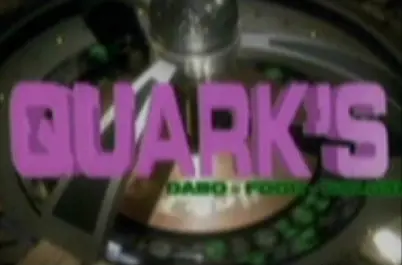

Not great. I even got GPU passthrough working once, but you get weird graphics glitches because it’s all being sent over RDP.
I think Cassowary might be better than WinApps, but honestly, at this point, I just gave up on those and just use the VM directly.














Also, at least according to the TNG Tech Manual, replicators work at the molecular level, while transporters work at the quantum level. Sentient beings generally need quantum precision to be transported or replicated.